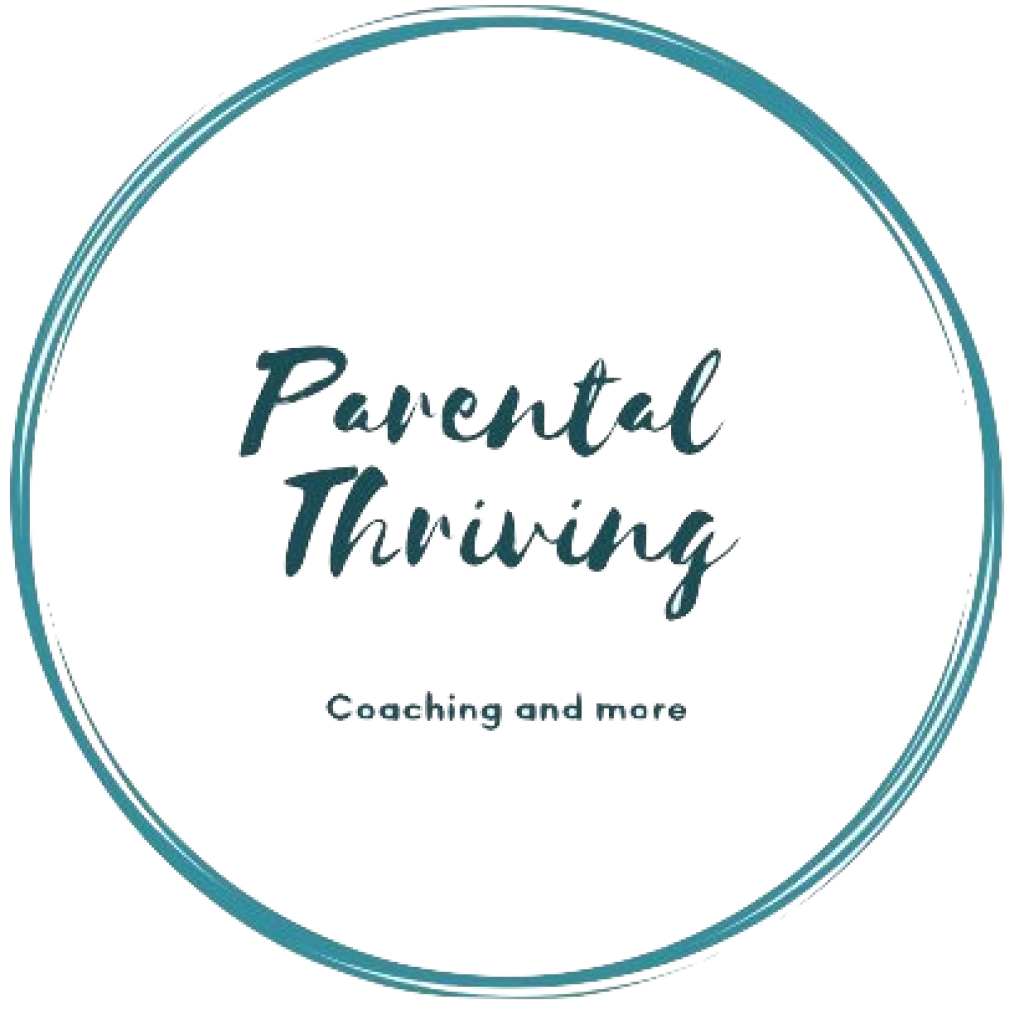Working and Breastfeeding
Now more than ever before, mothers continue working after giving birth whether it is because they wish to or because they have to. As a breastfeeding mother, this will seem like an insurmountable problem which will give breastfeeding a deadline. This need not be so! Having some strategies at hand plus basic knowledge on breastfeeding is all you need to make working and breastfeeding a success story..
According the EU we are also entitled to 2 x 30 minutes break for pumping and a clean, private space to do so. This is not within the Maltese law (apart for those working with the government), however, as part of the EU we can still claim it within the workplace.
Options:
Another option worth mentioning: finding a day care centre near your workplace and nursing directly during your lunch break, is a good way to keep contact with baby and possibly avoiding or reducing milk expression.
Ilona Petrovska’s story: When I was pregnant I did some research and decided to give my best shot at BF. I knew I would be going back to work when my daughter was going to be 4 months old but thought I would figure something out nearer to the time. I started working 4 hours a day and expressed milk in the morning for my little one’s use. I Bf my daughter till she was nearly 2 years old!
Ins and Outs of expressing at work
When you need to express milk at work, you will need:
- a clean, quiet, private room with an electrical outlet to express milk
- somewhere to store the milk (fridge or cooler)
- your breast pump and containers for the milk
- small cooler to carry your milk back home
If you do not feel quite comfortable especially the first few days at work you might want to consider bringing a book or some music to help you relax and take your mind away from the pumping. A picture of your infant might help trigger the let down reflex quicker.

